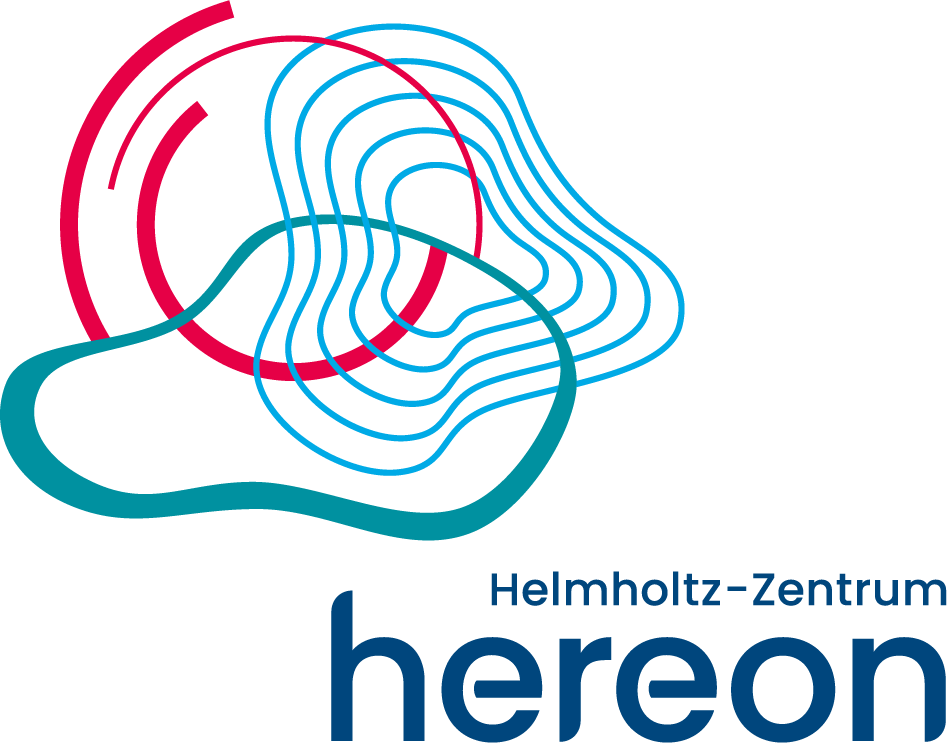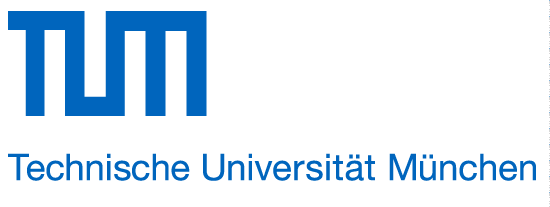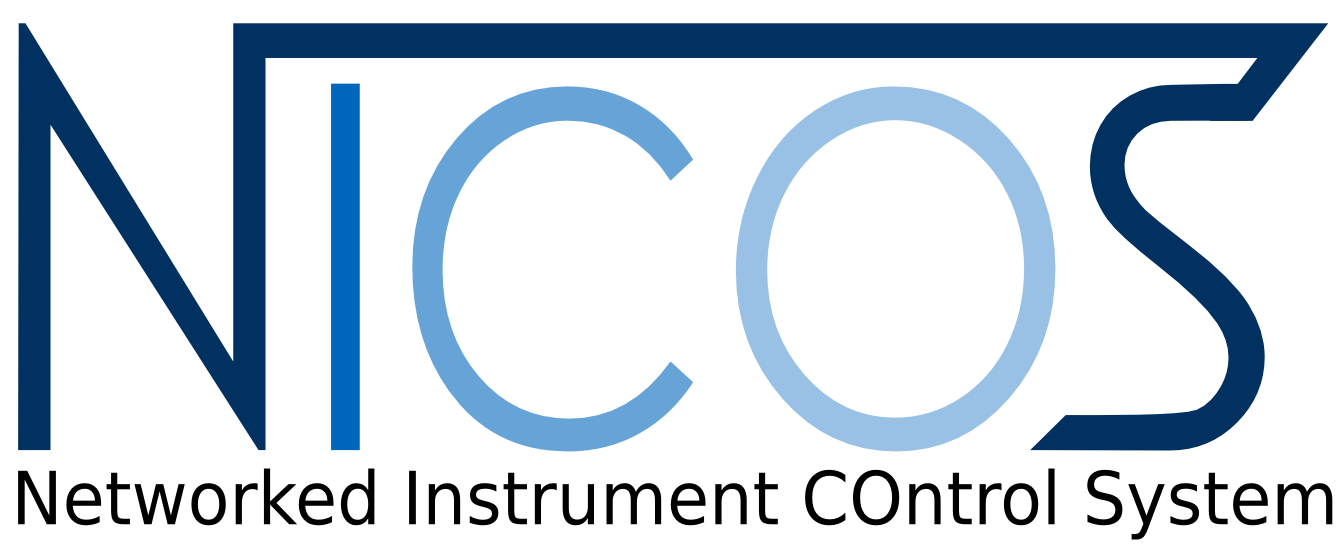MLZ is a cooperation between:
 > Technische Universität München
> Technische Universität München > Helmholtz-Zentrum Hereon
> Helmholtz-Zentrum Hereon
 > Forschungszentrum Jülich
> Forschungszentrum Jülich
MLZ is a member of:
 > LENS
> LENS > ERF-AISBL
> ERF-AISBL
MLZ on social media:

MLZ (eng)
Lichtenbergstr.1
85748 Garching
ERWIN
Powder diffractometer using thermal neutrons
ERWIN (Energy Research With Neutrons) is a high-efficiency diffractometer for rapid data collection and parametric material analyses. The two-dimensional position-sensitive 3He wire chamber detector covers a scattering angle range of 135° (in 2θ) and a vertical angle of 15°. It thus enables the characterisation of powder samples, textured bulk samples, and single crystals.
The detector concept permits the recording of diffraction patterns without repositioning the detector bench, leading to short measurement times. Thus, ERWIN is well suited for various applications ranging from investigations of solid-state reactions, time-resolved measurements, parametric studies, and investigations on small samples.
ERWIN utilises the monochromator angle of 90° at beam tube SR-8b with a vertically focussing Ge511 monochromator, corresponding to a wavelength of 1.54 Å.
At the next upgrade level, ERWIN will be equipped with three different monochromator positions with discrete 42°, 90°, and 120° take-off angles and optimised primary neutron optics to enable more flexibility in using maximum flux or optimised resolution.
- Phase transformations and reaction kinetics
- Parametric studies
- Structural characterisation of small samples
- Spatially-resolved diffraction and strain analysis
- Energy storage materials and systems: materials for lithium-ion batteries, hydrogen storage materials
- Functional materials: ferroelectrics, multiferroics etc
- Magnetically ordered systems
- Structural chemistry
- Engineering materials
- Ge(511) with a monochromator
- Take-off angle of 90°: 1.54 Å
- 3He wire chamber detector
- Scattering angle range: 2θ = 135°
- Effective height: 200 mm
- Inner radius: 800 mm
- Radial oscillating collimator
Instrument scientists
Dr. Markus Hölzel
Phone: +49 (0)89 289-14314
E-mail: markus.hoelzel@frm2.tum.de
Dr. Christoph Hauf
Phone: +49 (0)89 289-14435
E-mail: christoph.hauf@frm2.tum.de
Dr. Anatoliy Senyshyn
Phone: +49 (0)89 289-14316
E-mail: anatoliy.senyshyn@frm2.tum.de
ERWIN
Phone: +49 (0)89 289-14827
Operated by

Funding

News
Publications
Find the latest publications regarding ERWIN in our publication database iMPULSE:
Citation templates for users
In all publications based on experiments on this instrument, you must provide some acknowledgements. To make your work easier, we have prepared all the necessary templates for you on this page.
Instrument control
Gallery



MLZ is a cooperation between:
 > Technische Universität München
> Technische Universität München > Helmholtz-Zentrum Hereon
> Helmholtz-Zentrum Hereon
 > Forschungszentrum Jülich
> Forschungszentrum Jülich
MLZ is a member of:
 > LENS
> LENS > ERF-AISBL
> ERF-AISBL
MLZ on social media:






